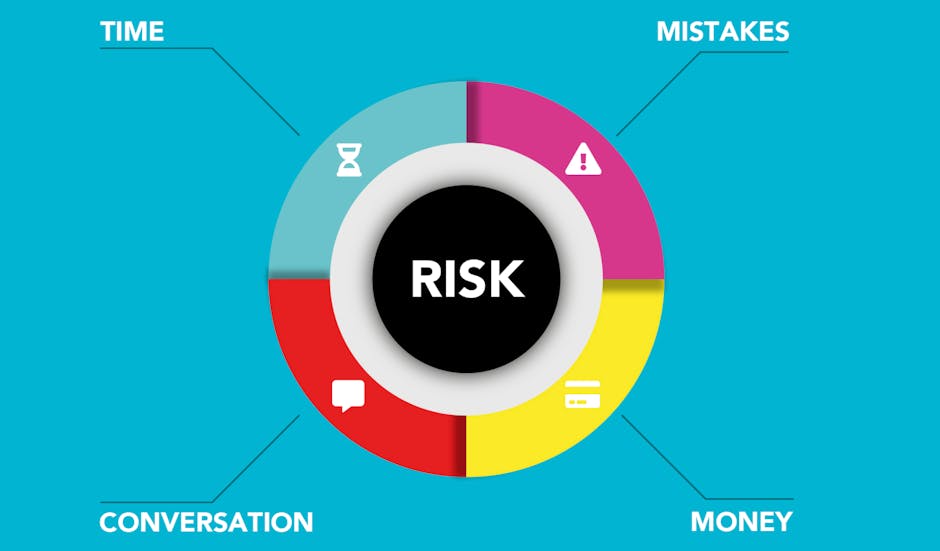API Response Time Mistakes: Common Issues and How to Fix Them

API Response Time Mistakes: Common Issues and How to Fix Them
Image credit: Andrea Piacquadio via Pexels
API response time is a critical factor in application performance, yet many developers make common mistakes that significantly impact user experience. These mistakes can lead to slow applications, frustrated users, and ultimately, business losses. This comprehensive guide explores the most frequent API response time mistakes and provides practical solutions to fix them.
Why API Response Time Mistakes Matter
Poor API response times can have cascading effects throughout your application:
- User Experience: Slow APIs create sluggish interfaces that frustrate users
- SEO Impact: Search engines penalize slow-loading applications
- Business Costs: Poor performance can lead to reduced conversions and revenue
- Resource Waste: Inefficient APIs consume more server resources and increase costs
If you're new to API performance concepts, start by understanding what API response time is and why you should measure it before diving into optimization strategies.
Common API Response Time Mistakes
1. Lack of Proper Monitoring
One of the biggest mistakes is not monitoring API response times consistently. Without proper monitoring, you can't identify performance issues until they become critical problems.
The Solution:
- Implement comprehensive monitoring tools
- Set up alerts for performance thresholds
- Use tools like OpDeck for continuous performance tracking
Learn more about effective monitoring in our guide on best tools for monitoring API response time.
2. Inefficient Database Queries
Database queries are often the primary bottleneck in API response times. Common database-related mistakes include:
- N+1 Query Problem: Making multiple database calls instead of using joins
- Missing Indexes: Querying without proper database indexes
- Overfetching Data: Retrieving more data than necessary
The Solution:
- Optimize database queries with proper indexing
- Use database query optimization tools
- Implement connection pooling
- Consider database caching strategies
3. Synchronous Processing
Processing everything synchronously can significantly slow down API responses, especially for time-consuming operations.
The Solution:
- Implement asynchronous processing for non-critical operations
- Use message queues for background tasks
- Return immediate responses for long-running processes
- Implement proper status checking mechanisms
4. Lack of Caching
Not implementing proper caching strategies is a common mistake that can dramatically impact API performance.
The Solution:
- Implement application-level caching
- Use CDN for static content
- Cache database query results
- Implement HTTP caching headers
For comprehensive caching strategies, explore our guide on how website cache analysis can improve your site speed.
5. Oversized Responses
Returning too much data in API responses increases transfer time and processing overhead.
The Solution:
- Implement pagination for large datasets
- Use field selection to return only needed data
- Compress response payloads
- Implement efficient serialization
6. Poor Error Handling
Inadequate error handling can lead to timeouts and poor user experiences.
The Solution:
- Implement proper timeout settings
- Use circuit breakers for external service calls
- Provide meaningful error messages
- Implement retry mechanisms with exponential backoff
How to Fix These Mistakes
Performance Optimization Strategy
- Measure First: Use monitoring tools to establish baseline performance
- Identify Bottlenecks: Analyze where the most time is spent
- Implement Solutions: Apply targeted optimizations
- Monitor Results: Track improvements and adjust as needed
For detailed optimization techniques, check out our comprehensive guide on 5 ways to optimize your API response time.
Testing and Validation
Regular testing is crucial for maintaining optimal API performance:
- Load Testing: Test under various load conditions
- Performance Testing: Measure response times under normal conditions
- Stress Testing: Identify breaking points
- Monitoring: Continuous performance monitoring
Learn how to implement proper testing in our guide on how to test your API response time with OpDeck.
Measuring Success
Success in API optimization should be measured through:
Technical Metrics
- Response Time: Target sub-200ms for optimal user experience
- Throughput: Number of requests handled per second
- Error Rate: Percentage of failed requests
- Resource Utilization: CPU, memory, and database usage
Business Metrics
- User Satisfaction: Improved user experience scores
- Conversion Rates: Higher conversion due to better performance
- Bounce Rate: Reduced bounce rates from faster responses
Long-term Benefits
- Scalability: Better performance under increased load
- Cost Efficiency: Reduced infrastructure costs
- Developer Productivity: Easier debugging and maintenance
Conclusion
Avoiding common API response time mistakes is crucial for building high-performance applications. By implementing proper monitoring, optimizing database queries, using asynchronous processing, implementing caching, controlling response sizes, and handling errors effectively, you can significantly improve your API performance.
Remember that API optimization is an ongoing process. Regular monitoring, testing, and optimization are essential for maintaining optimal performance as your application grows and evolves.
Ready to optimize your API performance? Start by learning about what API response time is and why it matters, then implement the 5 proven optimization strategies, and discover the best monitoring tools to track your progress.
Understanding how API performance impacts user experience? Read our guide on why API response time affects user experience to learn more about the business impact of API optimization.